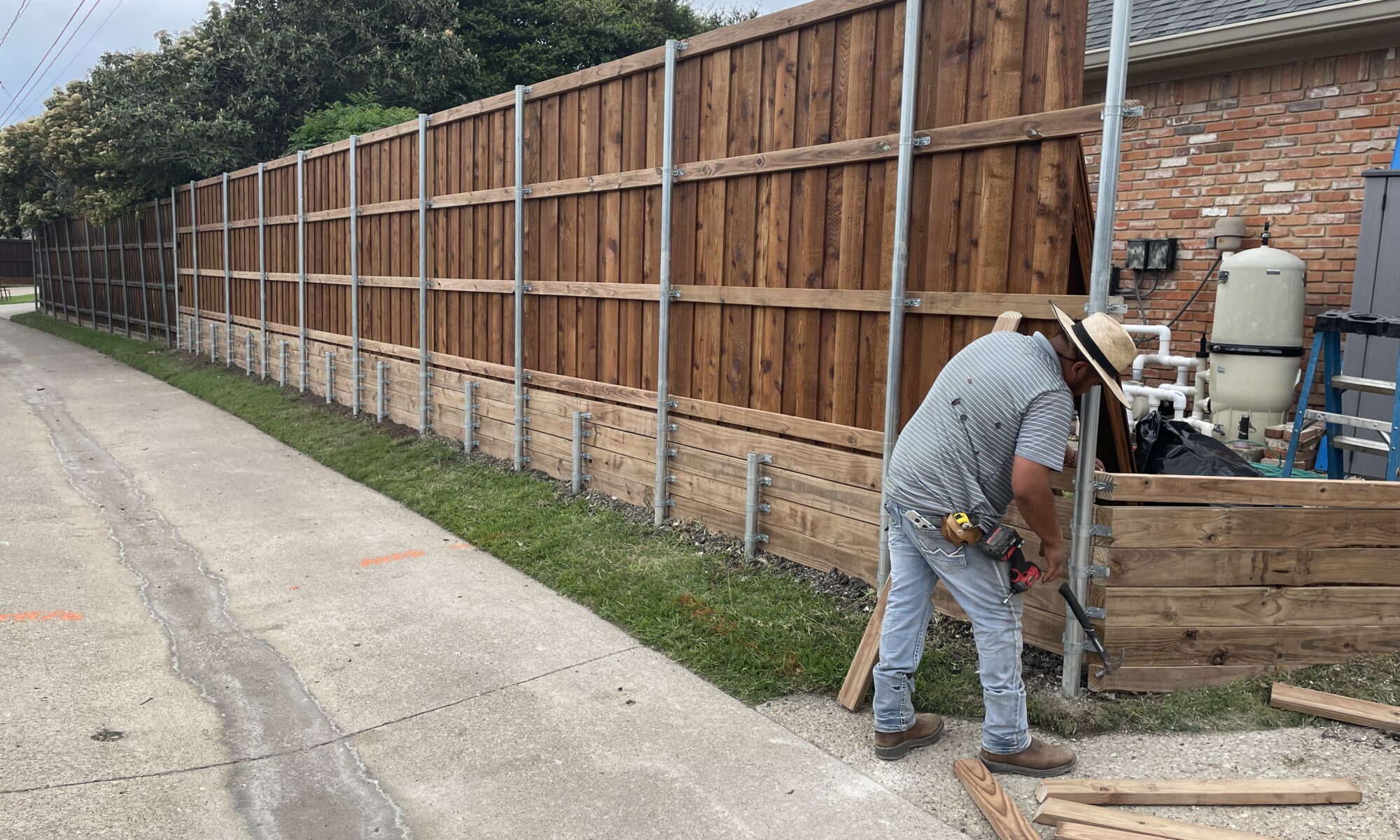Transforming your outdoor space with sustainable wood and cedar can truly elevate your landscaping projects to new heights! These materials bring a natural beauty and durability that are hard to match, making them ideal for everything from decking and fencing to elegant garden furniture. As we explore the numerous cedar benefits and the advantages of wood construction, you’ll find inspiration for creating an outdoor oasis that’s both stunning and eco-friendly. Whether you’re a homeowner, builder, or DIY enthusiast, embracing sustainable materials in your outdoor landscaping not only enhances aesthetics but also contributes to a more sustainable future. Let’s celebrate the potential of these versatile materials and dive into tips and ideas that will help you make the most of your outdoor spaces!
Discovering Sustainable Materials
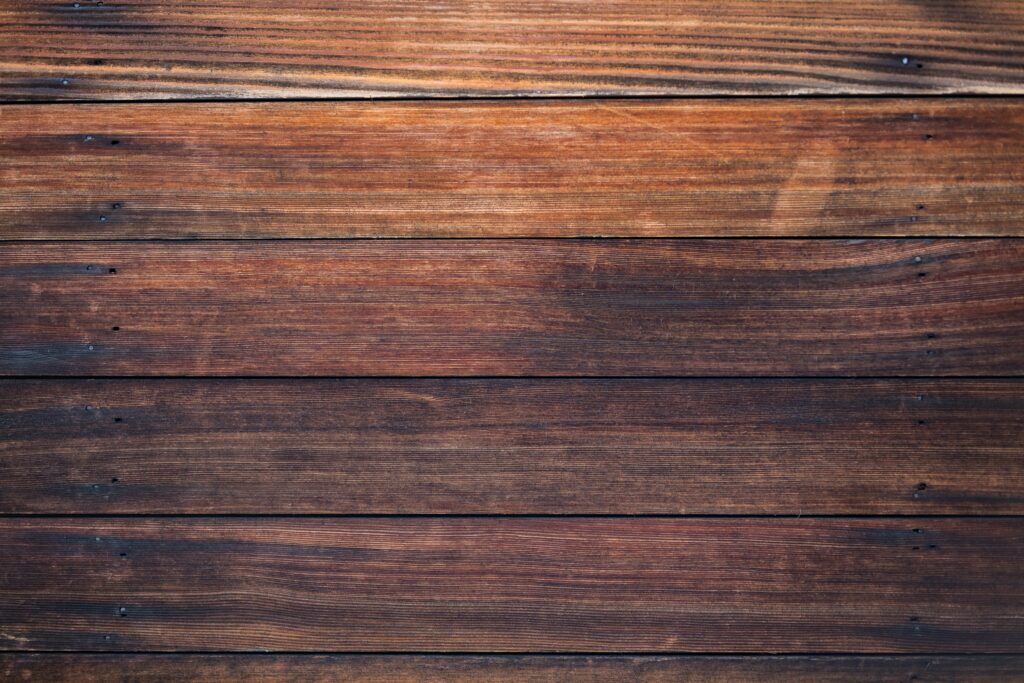
Wood Construction Advantages
Wood construction offers numerous benefits for outdoor landscaping projects. It’s a renewable resource that’s both durable and versatile, making it an excellent choice for eco-conscious homeowners and builders. Wood’s natural insulating properties help regulate temperature, keeping outdoor spaces comfortable year-round. It’s also easy to work with, allowing for custom designs and modifications to suit your specific needs. Wood’s aesthetic appeal is unmatched, bringing warmth and character to any outdoor setting. It’s biodegradable and has a lower carbon footprint compared to many other building materials. Additionally, wood structures can be easily repaired or replaced, extending their lifespan and reducing waste. With proper maintenance, wood construction can withstand the elements and remain beautiful for years to come, making it a smart investment for your outdoor spaces.
Cedar Benefits in Landscaping
Cedar is a standout choice for outdoor landscaping projects, offering a unique blend of beauty and functionality. Its natural oils make it resistant to decay, insects, and moisture, ensuring longevity in outdoor settings. Cedar’s lightweight nature makes it easy to work with, while its strength provides stability for various structures. The wood’s distinct aroma adds a pleasant sensory element to your outdoor space and even acts as a natural insect repellent. Cedar’s rich color and grain patterns bring warmth and character to any landscape design. It weathers gracefully, developing a distinguished silver-gray patina over time if left untreated. For those seeking sustainability, cedar is often sourced from responsibly managed forests. Its thermal properties help keep outdoor spaces cooler in summer and warmer in winter, enhancing comfort year-round.
Environmental Impact of Wood
Wood stands out as an environmentally friendly choice for outdoor landscaping. As a renewable resource, it helps reduce our reliance on non-renewable materials. Trees absorb carbon dioxide during growth, and this carbon remains stored in the wood even after harvesting, making wood products carbon-neutral or even carbon-negative. Sustainable forestry practices ensure that new trees are planted to replace those harvested, maintaining forest ecosystems. Wood requires less energy to produce compared to materials like steel or concrete, further reducing its carbon footprint. At the end of its life cycle, wood can be recycled, repurposed, or biodegraded naturally, minimizing waste. By choosing wood from certified sustainable sources, you’re supporting responsible forest management and biodiversity conservation. This eco-friendly profile makes wood an excellent choice for environmentally conscious homeowners and builders looking to create beautiful, sustainable outdoor spaces.
Elevating Your Outdoor Space
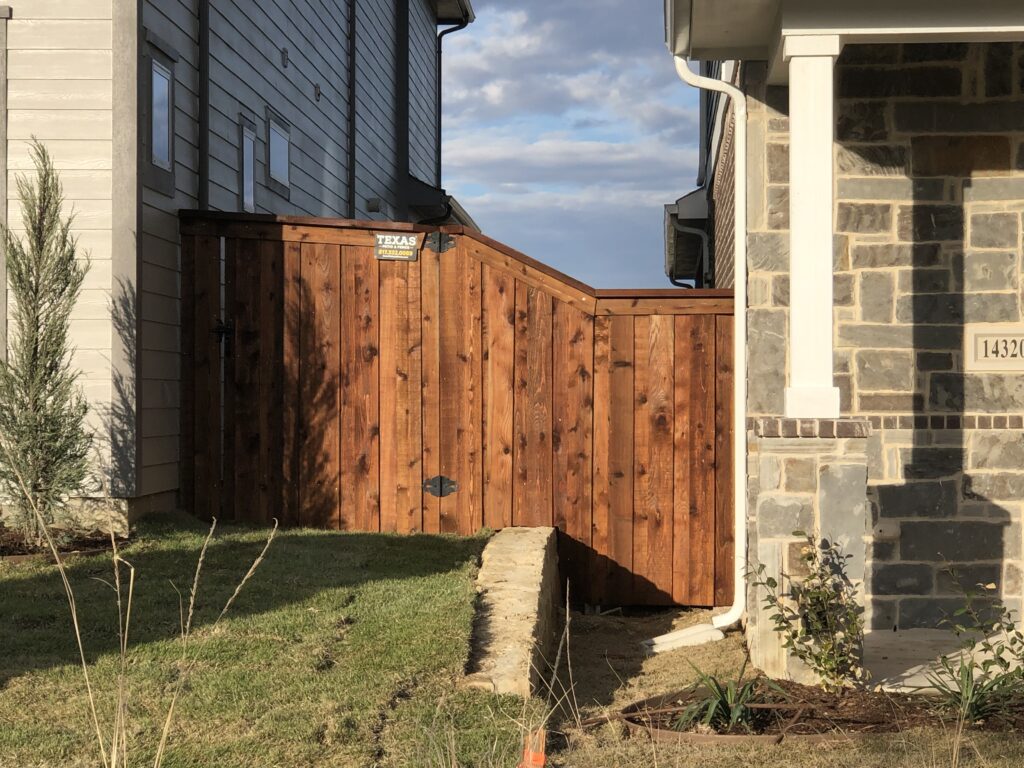
Decking and Fencing Solutions
Wood and cedar offer versatile solutions for decking and fencing, transforming your outdoor area into a functional and aesthetically pleasing space. For decking, both materials provide a natural, warm look that complements any landscape design. Cedar’s natural resistance to decay makes it an excellent choice for areas with high moisture. Wood decks can be stained or painted to match your home’s exterior, offering endless customization options. When it comes to fencing, wood and cedar provide privacy while adding character to your property. Cedar fences are naturally resistant to warping and splitting, ensuring longevity. Wood fences can be designed in various styles, from classic picket to modern horizontal slat designs. Both materials are easy to work with, allowing for DIY installations or custom designs by professionals. With proper maintenance, these decking and fencing solutions can last for years, making them a smart investment for your outdoor space.
Garden Furniture Inspirations
Wood and cedar garden furniture can transform your outdoor space into a cozy retreat. From elegant dining sets to comfortable lounge chairs, these materials offer endless possibilities. Cedar Adirondack chairs provide a classic, relaxed seating option that weathers beautifully over time. For dining, consider a robust wooden table with matching benches, perfect for family gatherings or al fresco meals. Wooden pergolas or arbors can create intimate seating areas, especially when adorned with climbing plants. For a touch of luxury, cedar daybeds or swing seats offer comfort and style. Wooden planters in various sizes can be used to create green borders or herb gardens. Don’t forget functional pieces like storage benches or side tables, which blend practicality with aesthetics. By choosing sustainable wood and cedar, you’re not only enhancing your outdoor living space but also making an eco-friendly choice that will stand the test of time.
Creative Uses for Wood and Cedar
Wood and cedar’s versatility opens up a world of creative possibilities for your outdoor space. Consider building a charming wooden gazebo as a focal point for your garden, perfect for relaxation or entertaining. Cedar raised garden beds add dimension to your landscape while providing an ideal environment for growing vegetables or flowers. A wooden treehouse or playhouse can create a magical space for children. For a touch of tranquility, install a cedar Japanese-style soaking tub or construct a wooden footbridge over a pond or stream. Wooden screens or lattices can be used to create privacy or divide spaces in your yard. Cedar shingles can add rustic charm to garden sheds or outdoor kitchens. Don’t forget smaller projects like wooden bird houses, wind chimes, or garden art pieces. These creative uses not only enhance your outdoor aesthetics but also showcase the natural beauty and functionality of sustainable materials.
Ensuring Longevity and Durability
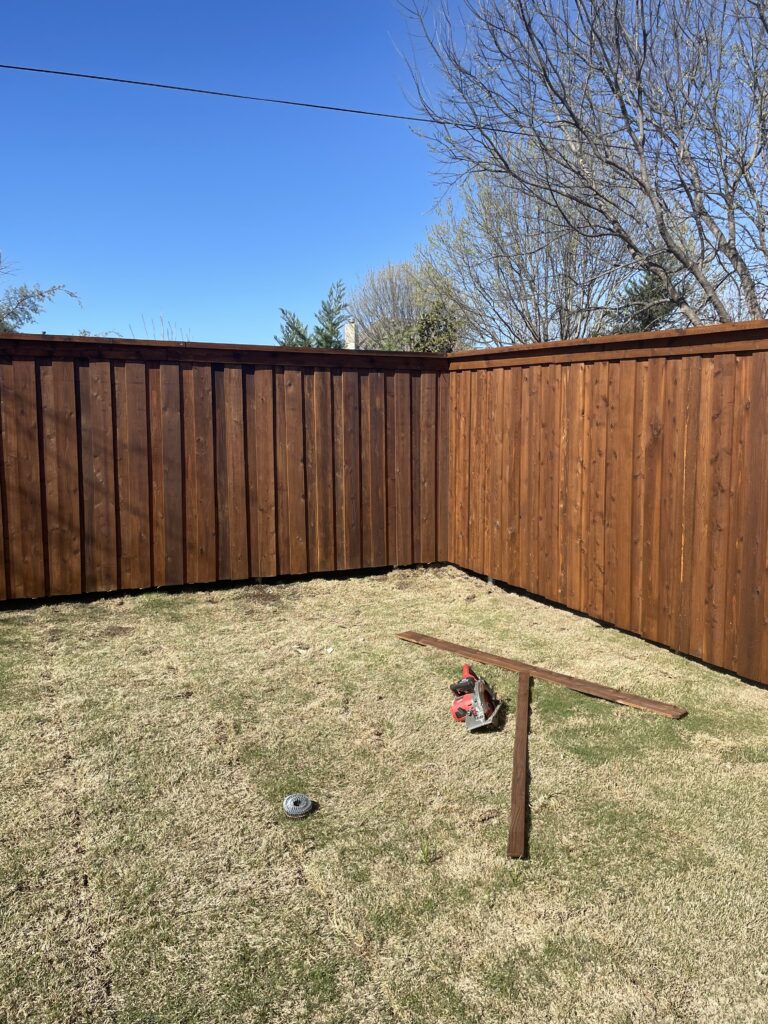
Maintenance Tips for Wood
Proper maintenance is key to preserving the beauty and durability of wood in your outdoor landscaping projects. Start by cleaning your wood structures annually with a gentle soap and water solution to remove dirt and debris. Apply a quality wood sealant every 1-2 years to protect against moisture and UV damage. For painted wood, inspect regularly for chips or peeling and touch up as needed. Keep wood surfaces free from standing water by ensuring proper drainage and using protective covers when necessary. Trim nearby vegetation to prevent moisture buildup and reduce the risk of mold or mildew. Address any signs of rot or insect infestation promptly to prevent further damage. For wooden decks, consider using a pressure washer every few years to deep clean, followed by re-staining or sealing. With these simple maintenance steps, your wood outdoor features will remain beautiful and functional for years to come.
Protecting Cedar from Elements
While cedar is naturally resistant to decay and insects, proper protection can extend its lifespan and preserve its beauty in outdoor settings. Start by applying a water-repellent sealer to prevent moisture absorption, which can lead to warping or cracking. For cedar furniture or structures exposed to direct sunlight, use a UV-resistant finish to maintain its color and prevent graying. Clean cedar surfaces annually with a mild soap solution to remove dirt and prevent mold growth. Avoid power washing, as it can damage the wood fibers. Instead, use a soft brush or cloth for cleaning. Keep cedar items elevated off the ground to prevent moisture absorption from soil contact. In winter, remove snow from cedar structures to prevent water damage during thawing. For cedar decks or fences, inspect annually for loose boards or protruding nails and address issues promptly. With these protective measures, your cedar elements will continue to enhance your outdoor space for years.
Long-lasting Outdoor Landscaping
Creating long-lasting outdoor landscapes with wood and cedar requires thoughtful planning and design. Choose naturally durable wood species or treated lumber for ground-contact elements like posts or beams. Incorporate proper drainage systems to prevent water accumulation around wooden structures. Use metal brackets or connectors to join wood pieces, ensuring stability and reducing direct wood-to-wood contact. When designing decks or patios, allow for proper ventilation underneath to prevent moisture buildup. For wooden pathways or steps, consider using gravel or stone as a base to improve drainage and reduce direct soil contact. Implement regular inspection routines to catch and address issues early. When planting near wooden structures, maintain adequate distance to prevent root damage and excess moisture. By combining these design principles with proper maintenance, your wood and cedar outdoor landscaping elements can withstand the test of time, providing beauty and functionality for decades to come.
The Natural Beauty of Wood and Cedar
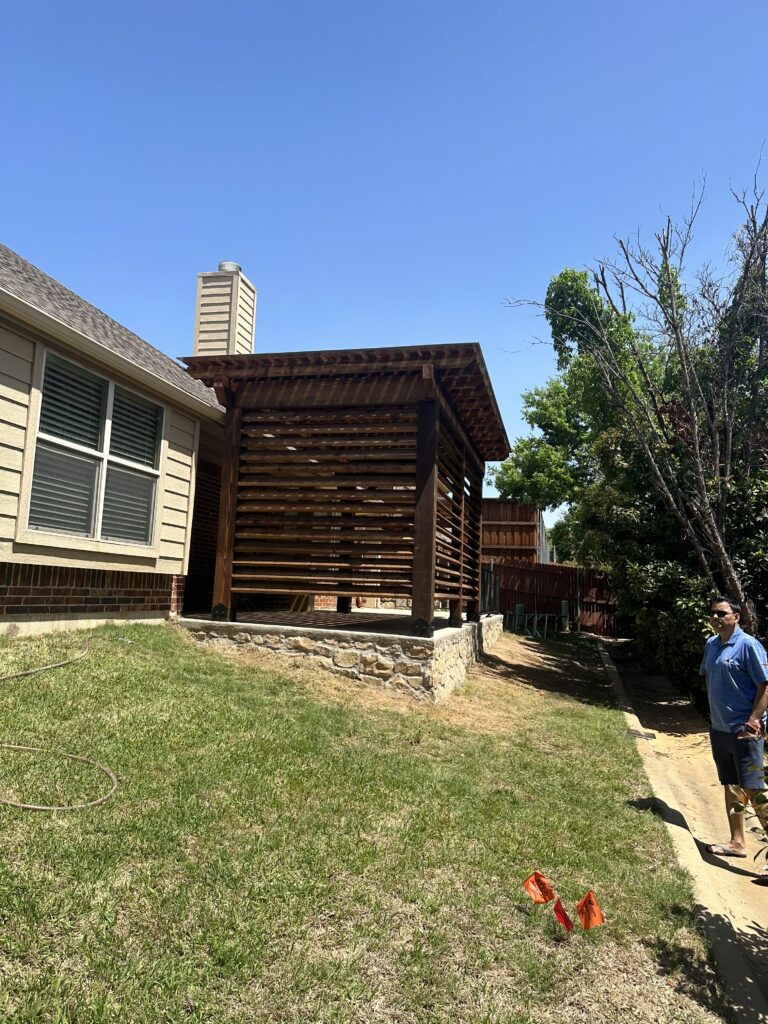
Aesthetic Appeal in Landscaping
Blending with Nature
Wood and cedar bring unparalleled natural beauty to outdoor landscaping projects. Their warm tones and rich textures create a welcoming atmosphere that seamlessly blends with nature. Cedar’s distinctive reddish-brown hue adds a touch of elegance to any outdoor space, while various wood species offer a range of colors from light blonde to deep mahogany. The natural grain patterns in wood and cedar provide visual interest and depth, creating unique, one-of-a-kind elements in your landscape design. As these materials age, they develop a beautiful patina that adds character and charm. Wood and cedar complement other natural elements like stone and plants, creating harmonious outdoor environments. Their versatility allows for both rustic and modern designs, fitting various architectural styles. Whether used for decking, fencing, or garden structures, wood and cedar enhance the overall aesthetic of your outdoor space, creating a serene and inviting atmosphere that connects you with nature.
Wood and cedar have an innate ability to blend seamlessly with natural surroundings, making them ideal for creating harmonious outdoor landscapes. Their organic textures and earthy tones complement the colors and textures found in nature, from lush greenery to rugged stone. Cedar’s natural resistance to decay allows it to age gracefully outdoors, developing a silvery-gray patina that further enhances its connection to the environment. Wooden structures like pergolas or arbors provide perfect support for climbing plants, creating a beautiful fusion of architecture and nature. The use of wood in curved designs, such as meandering pathways or organically shaped decks, can mirror the natural contours of your landscape. By incorporating wood and cedar into your outdoor space, you create a cohesive design that feels like an extension of the natural world, fostering a sense of tranquility and connection with your surroundings.
Enhancing Property Value
Incorporating wood and cedar into your outdoor landscaping can significantly boost your property’s value. These materials add a touch of luxury and craftsmanship that potential buyers often find appealing. A well-designed wooden deck or cedar pergola can extend your living space outdoors, effectively increasing your home’s usable square footage. Quality wood fencing not only provides privacy but also enhances curb appeal, making a strong first impression. Cedar’s natural durability and low maintenance requirements are attractive selling points for potential buyers looking for long-lasting, beautiful outdoor features. Wooden elements like garden structures or custom seating areas can create unique focal points that set your property apart in the real estate market. Moreover, the use of sustainable materials like wood and cedar can appeal to eco-conscious buyers, potentially widening your property’s appeal. By investing in wood and cedar landscaping, you’re not just beautifying your outdoor space – you’re making a smart investment in your property’s future value.
Transformative Landscaping Projects
Inspiring DIY Ideas
Wood and cedar offer endless possibilities for DIY enthusiasts looking to transform their outdoor spaces. Start small with a cedar planter box to add charm to your patio or balcony. For a weekend project, consider building a wooden bench or Adirondack chair for cozy seating. Create a rustic pathway using cedar slices as stepping stones. Construct a simple arbor or trellis to support climbing plants and add vertical interest to your garden. For the more ambitious, a wooden deck or pergola can dramatically change your backyard’s look and functionality. Build a cedar compost bin to support your gardening efforts while keeping your yard tidy. Wooden birdhouses or feeders can attract wildlife and add whimsical touches to your landscape. Don’t forget practical projects like a firewood storage rack or a garden tool organizer. These DIY ideas not only personalize your outdoor space but also provide the satisfaction of creating something beautiful with your own hands.
Professional Builder Insights
Professional builders bring expertise and vision to wood and cedar landscaping projects, transforming outdoor spaces into stunning retreats. They understand the importance of proper structural design, ensuring that wooden decks and pergolas are built to last and meet local building codes. Professionals can recommend the best wood species for specific applications, balancing durability, cost, and aesthetics. They’re skilled at creating custom features like built-in seating or storage solutions that maximize functionality. Experienced builders can tackle complex projects such as multi-level decks or intricate gazebos that might be challenging for DIY enthusiasts. They’re also adept at integrating wood elements with other materials like stone or metal for a cohesive look. Professional builders can provide valuable insights on maintenance requirements and help you make informed decisions about finishes and treatments. By hiring a professional, you’re investing in quality craftsmanship and design expertise that can significantly elevate your outdoor landscaping project.
Community-Focused Outdoor Spaces
Wood and cedar can play a crucial role in creating inviting, community-focused outdoor spaces. Public parks benefit from wooden benches and picnic tables that encourage social gatherings. Community gardens thrive with cedar raised beds, making gardening accessible to people of all ages and abilities. Wooden playgrounds offer a natural, safe environment for children to play and explore. In urban settings, wooden parklets can transform parking spaces into mini parks, providing green respite in concrete jungles. Cedar pergolas or gazebos in public spaces create focal points for community events or quiet reflection. Wooden boardwalks in nature preserves allow people to connect with the environment while protecting delicate ecosystems. These sustainable materials align with community values of environmental stewardship. By incorporating wood and cedar into public landscapes, we create warm, welcoming spaces that foster community connections, encourage outdoor activities, and enhance the overall quality of life for residents.

